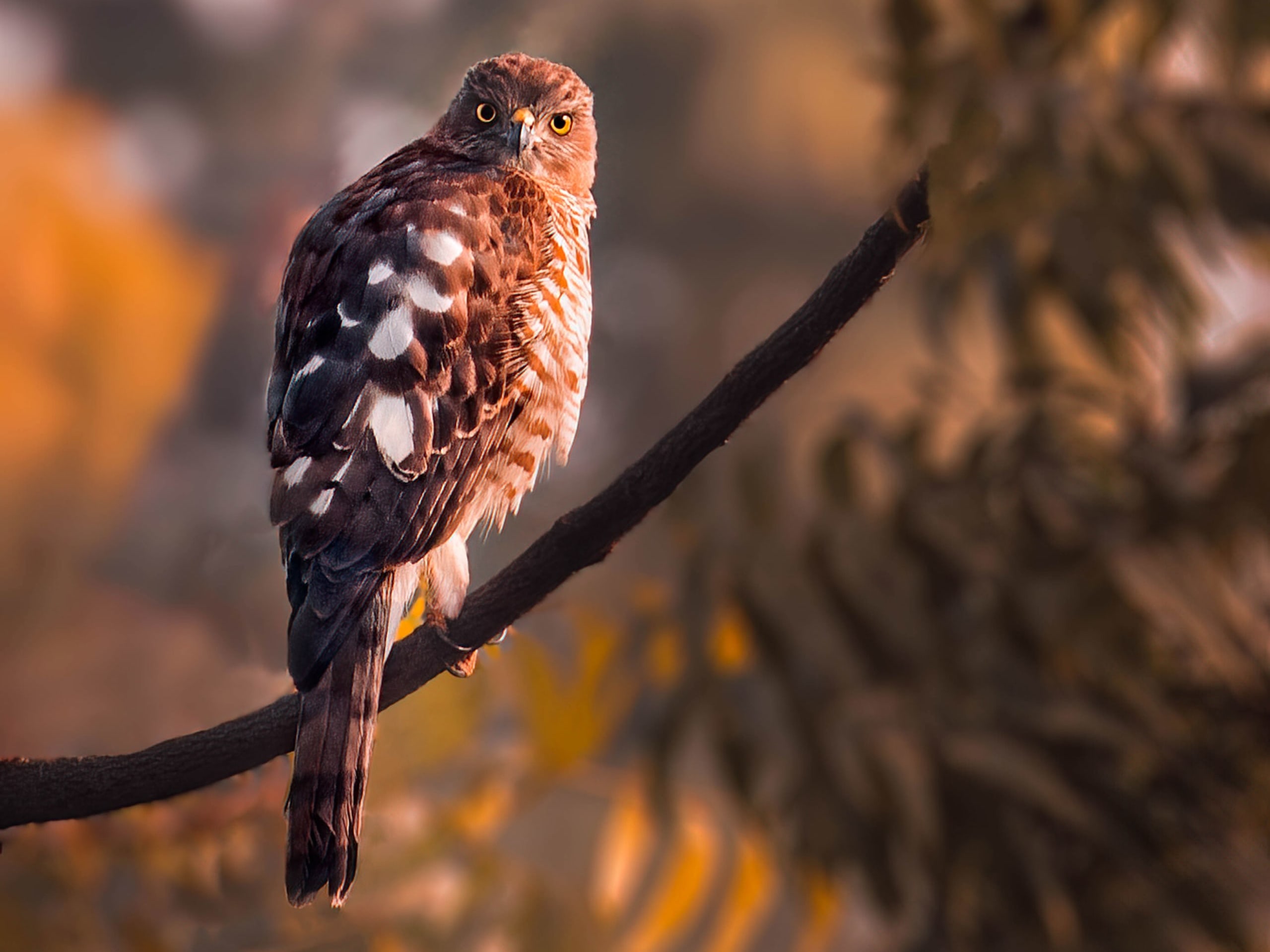 Listen to this article
•
15:34 min
Listen to this article
•
15:34 min
It was our son Maitreya who raised my eyes upward to the beauty of birds. He was around four years old when a friend, Ananda Banerjee, gifted us a copy of Common Birds, which profiles 100 of India’s commonly seen birds. Maitreya started using the book to identify the birds around the garden — the magpie robin and red-vented and red-whiskered bulbuls were his and, therefore, my first birds. It came easier to him than to me, but I felt no shame in being tutored (sometimes impatiently) by a young stripling who barely reached my hip. My worktable used to be in front of a large window, and when a flash of wing and feather showed, I’d dash off to find the book and try and identify the bird. How exotic and uncommon the rufous treepie seemed with its rust-coloured back, black cap, and graduated tail! Hornbills spotted from the window brought the house to a standstill. A water bowl was duly set out in the garden, and how delighted we were when a coucal paid it a visit or when a dozen white-eyes lined up on the rim, their green plumage contrasting prettily with the terracotta of the bowl.
Boy being too young to wander alone in search of birds, he and I would set out, several afternoons and evenings after school, to the lake at district park, Hauz Khas (a particular favourite), Nehru Park, and Lodhi Garden to look for birds. With 472+ species reported in Delhi, the nation’s capital is literally full of birds. It is possible to see wintering warblers and flycatchers in neighbourhood parks, while larger parks and forests yield many more species and the occasional wintering raptor. Weekends would see family expeditions to wetlands at Okhla and later Sultanpur and Basai (before it became an urban wasteland). Our pile of equipment mounted, as did the travel budget as outstation birds beckoned.

Cover Photo: Numerous species of raptors, like sparrowhawks, can be spotted in the Delhi-NCR area. Photo: Y K / 500px/Getty Images
Birding is a hook that draws people deeper into the natural world. As I learnt to identify birds by sight and (with much greater difficulty) by call and song, it was like being given a key to unlock a landscape. A lot of the pieces — the assemblage of species, the kind of habitat and trees/plants that grew together — came together like pieces of a puzzle. This is an unlocking that any hobby associated with the natural world can accomplish, and birdwatching is one of the most accessible.
As we birded more, two contrary truths manifested. Birding takes you to the most incredible landscapes. How else would I have found myself cycling by the Ganga in one of the cleanest natural riverine habitats I have ever seen, pulling myself by, handhold-by-handhold, up a vertical slope in the Arfaks of New Guinea to see birds of paradise or braving winds on some of Ladakh’s loveliest high-elevation passes in search of snowcocks? Closer home, there is the pleasure of wandering among blooming mustard fields in the winter sun (and having a Daffodils moment!) or driving through monsoon-fed paddy fields looking for the sarus crane.
The rhythms of rural life are sensed and enjoyed. You also meet the unlikeliest people. Driving along the Najafgarh bund one winter morning, we met a man who had made it his mission to study, photograph, and document baolis (step wells) and other medieval buildings in the Haryana countryside. And he had brought out a coffee table book to boot on the subject!
At the same time, the familiar becomes more beloved. We are lucky to live near the Aravalli Biodiversity Park in Delhi; this is a landscape that is being restored with native Aravalli vegetation. Over the 15-16 years that we have been walking in it, the bare landscape studded with invasive Prosopis juliflora has been transformed into a multi-storey urban forest. As you walk up the slope from the Vasant Vihar gate to the visitor centre, the sounds of traffic fall away, and individual calls of birds become discernible. I mark the seasons with the birds I hear: the “stik stik” calls of the first lesser whitethroats that arrive in October; the harsh sounds of grey hornbills calling to each other in spring; the song of the grey-breasted prinia when it finally lives up to its name in summer; and in June-July when we feel we’ve had as much of the summer as we can take, I listen for the call of the pied cuckoo, that forerunner of the monsoon.
Birding is also the great leveller; in the motley crew of birdwatchers looking for waders on the banks of a jheel, all that matters is if you know your Temminck’s stint from the little stint, and whether that wader out there on the far mudbank with the unusual beak, is a dunlin or a curlew sandpiper. Cowardly me often resigns from these contests before the starting gun even goes off, content to admire the bird identified by someone cleverer, no matter how common or rare it may be.
I may never be able to identify all the birds I see or hear, but there is intangible comfort in being able to put a name to at least some of them, no matter that we giant bipeds are irrelevant to their busy lives.







